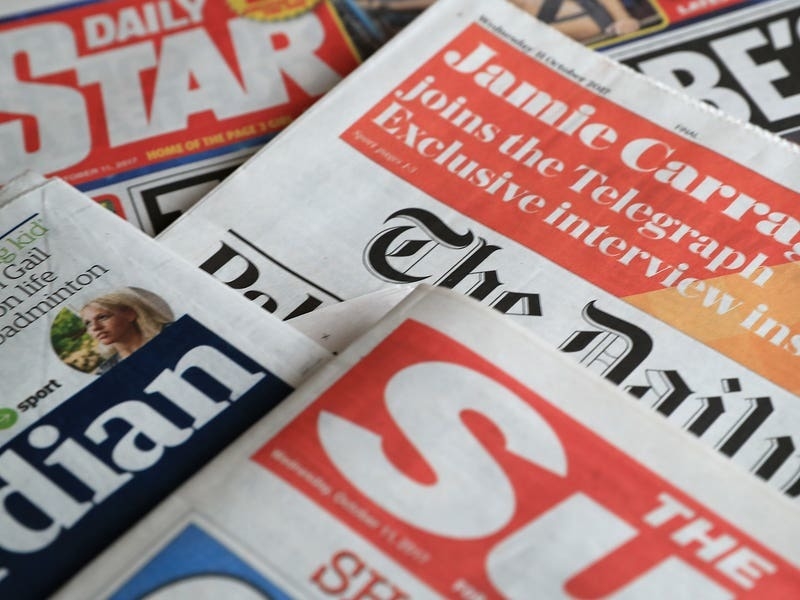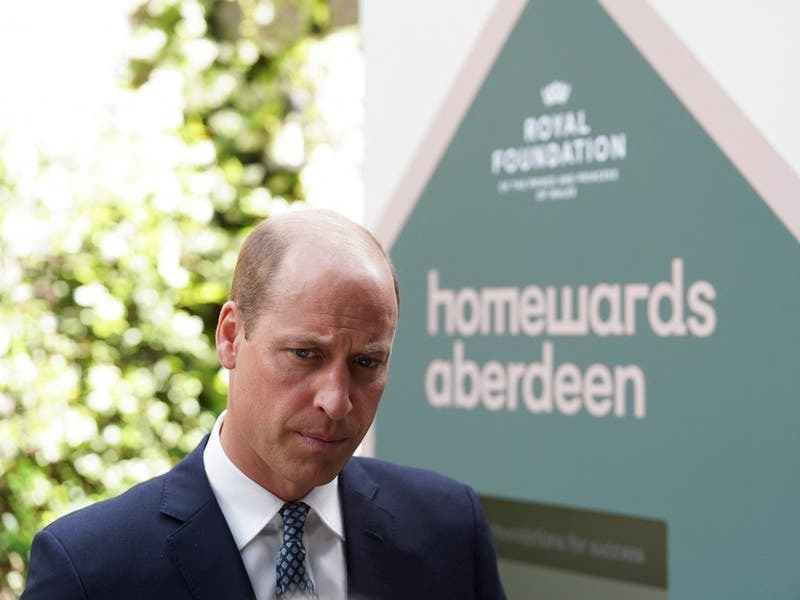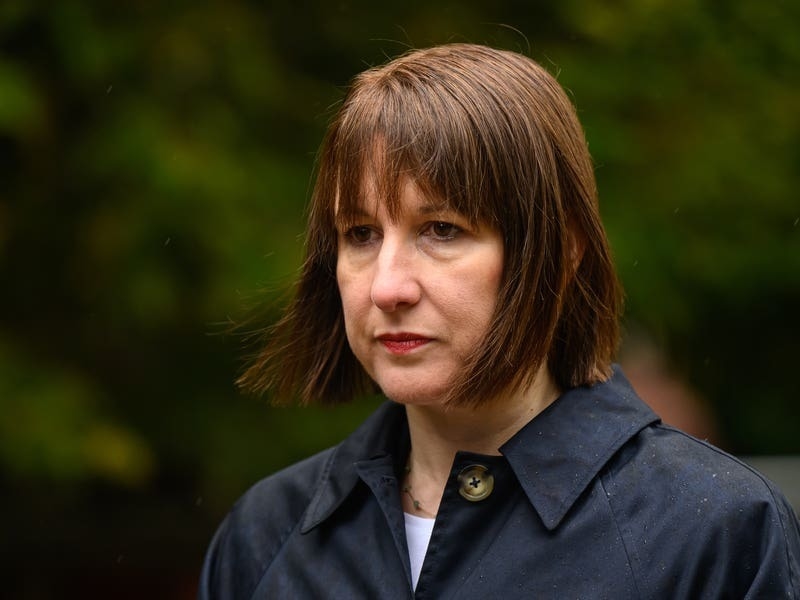Sam Blampied, from the University of Plymouth, is currently collecting data to show the extent of these recovering marine habitats. She said that it was too soon to try to quantify the changes that have taken place so far, but she described the early signs as ‘extremely encouraging’.
‘The recovery of seagrass and maerl, bringing with them their biodiversity and carbon benefits, demonstrates the benefits that marine protected area creation can bring to Jersey’s waters,’ she said.
Marine protection means that fishermen are prohibited from trawling and dredging. The restrictions encourage the growth of valuable species like crab, lobster and scallops, which thrive in shallow waters. Miss Blampied said that it did not make commercial or ecological sense to allow lobsters to be dredged in the search for less valuable species.
‘Observations of juvenile scallops and crustaceans on the maerl beds are a sign of its importance as a nursery habitat, and the sightings of tope in the area indicate that these are healthy and productive habitats,’ she added.
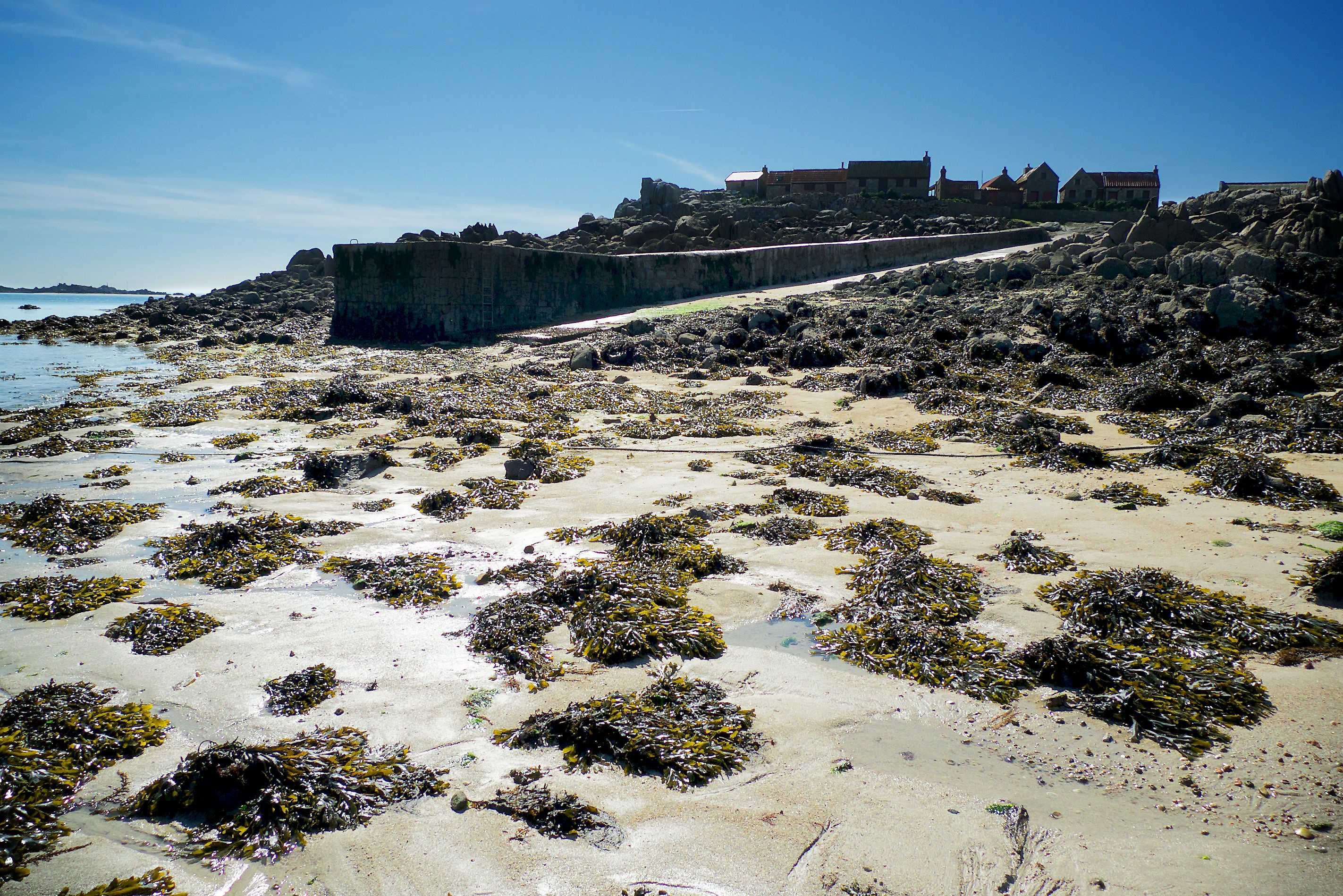
Charles Clover, director of environmental charity Blue Marine Foundation, said that marine protected areas could play a vital role in helping the Island become carbon neutral.
The charity, dedicated to creating marine reserves and establishing sustainable models of fishing, is working with the Société Jersiaise and government to monitor the recovery of threatened species which could help in carbon sequestration – one method of reducing the amount of carbon dioxide in the atmosphere.
Mr Clover said that latest findings relating to seagrass and maerl showed how quickly the marine environment could recover when it was left alone and protected from harmful fishing practices like trawling and dredging.
‘We applaud the government’s commitment to carbon neutrality and hope that this will translate in the near future into more marine protected areas or, ideally, a marine park, as floated by a senior minister a few months ago,’ he said.
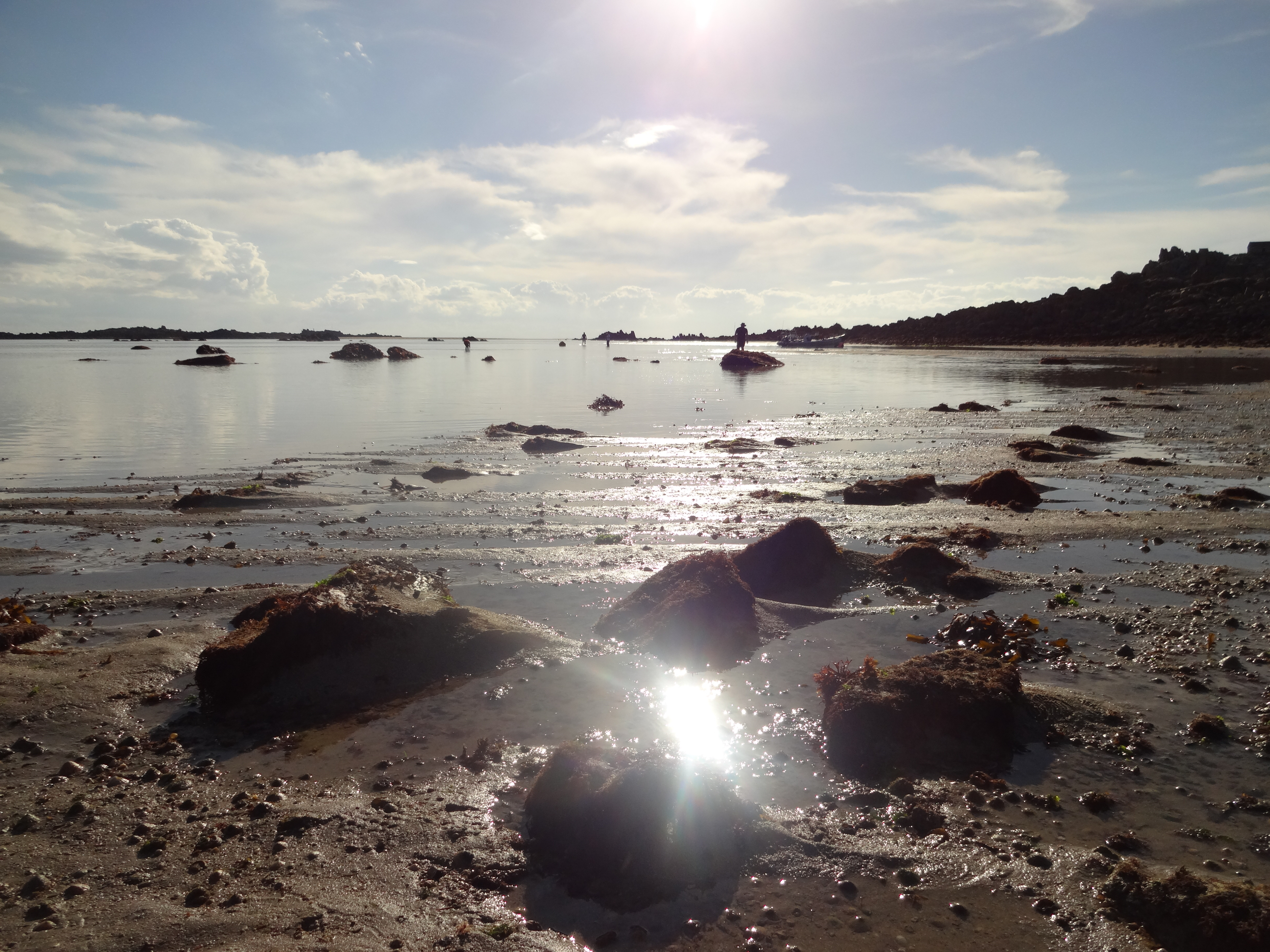
The charity now intends to conduct an exercise to chart the probable impact of these so-called blue-carbon habitats on the Island’s efforts to reduce its carbon footprint.
Although one of the areas – the Minquiers – only received its protection designation in 2017, scientists have observed an increase in seagrass, which absorbs carbon 35 times faster than tropical rainforests. According to the International Union for Conservation of Nature, seagrass is one of the most rapidly declining ecosystems on the planet, reducing by 7% year.
The Blue Marine Foundation say that marine protected areas currently cover around 6.6% of the Island’s territorial waters but that many areas, including those containing vital blue-carbon habitats, remain unprotected from trawling and dredging. Their research aims to build an evidence-based case for the creation of further MPAs, bringing benefits not just for marine life but climate change mitigation, recreation and local fisheries.
They say that examples from other marine protected areas in the British Isles have demonstrated the benefits of closing areas to mobile fishing for both people and nature.


